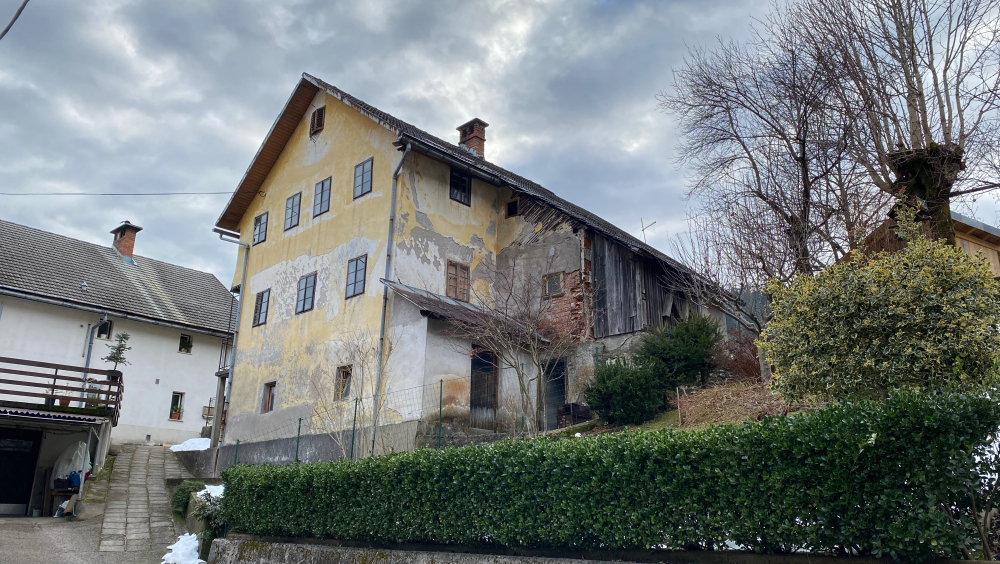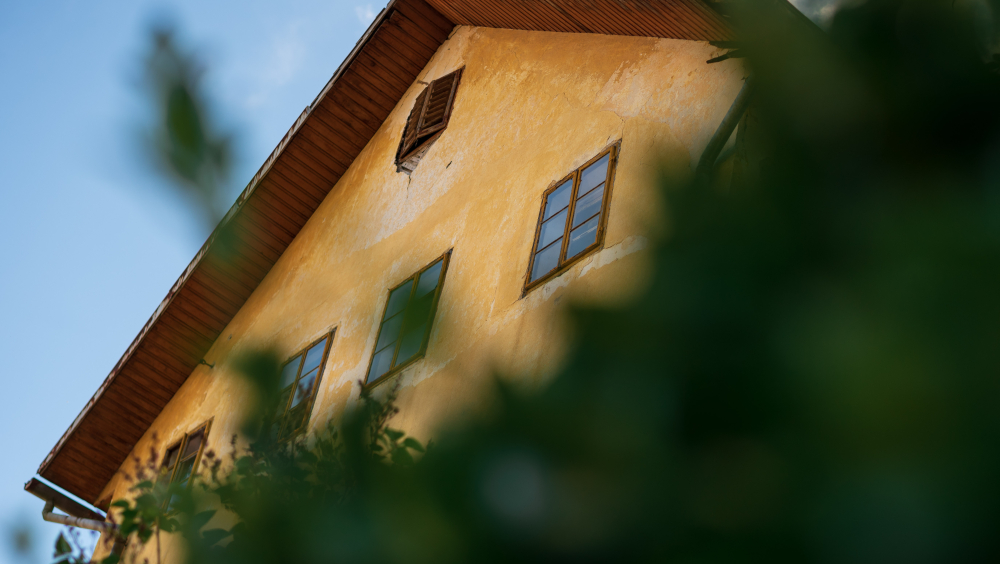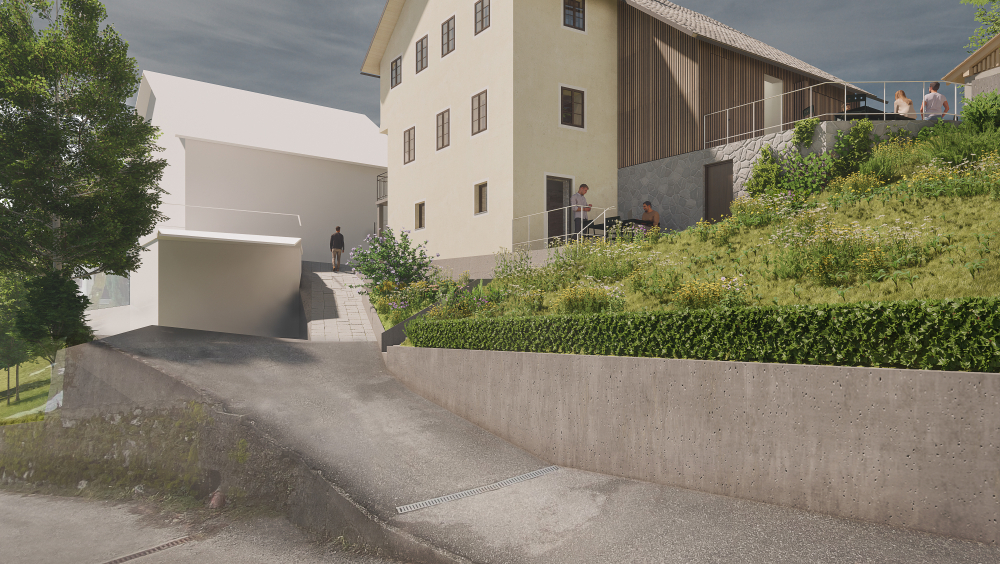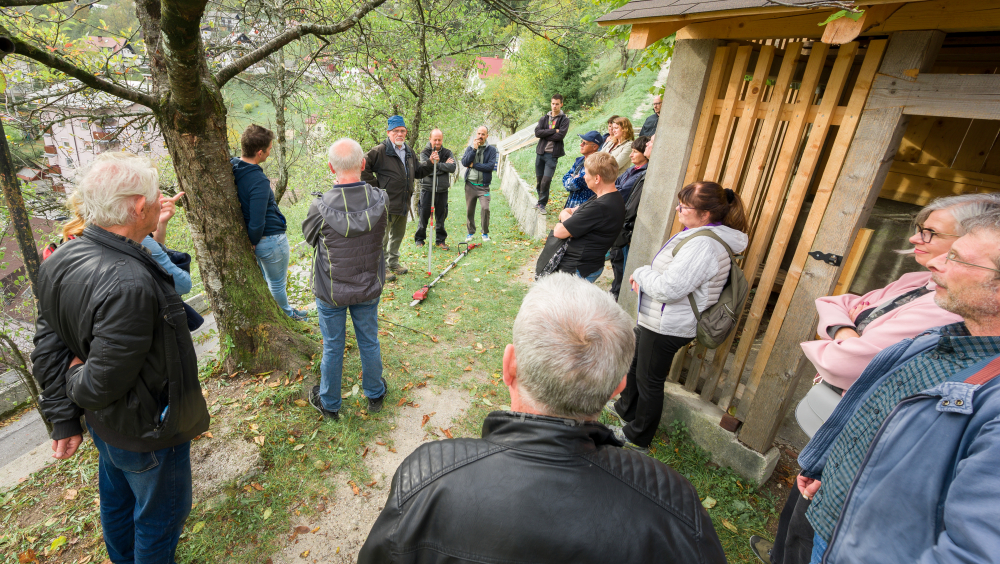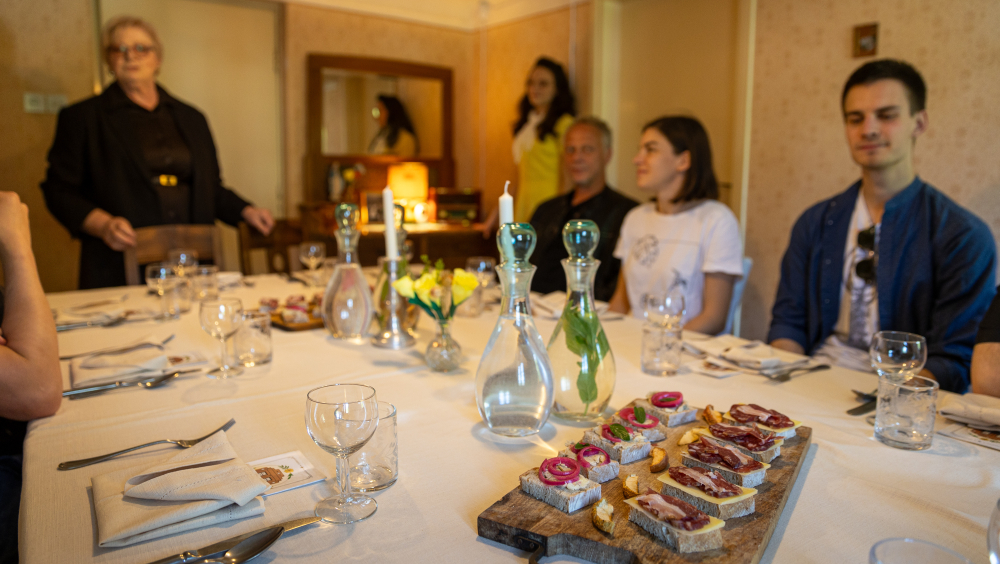A Love Story in Stone: Reclaiming Idrija's Miners' Legacy
In the heart of Idrija, Slovenia, a forgotten treasure was unearthed: 102 unique Miners' Houses, whispering tales of the town's mining soul. Facing decay, they ignited a passion to reclaim their beauty, starting with House Giser, a beacon of hope. This project is a labor of love, transforming a silent witness into a vibrant community hub. Through the hands of eager volunteers, the creativity of artists, and the warmth of shared meals, we're weaving a tapestry of living heritage.
More than bricks and mortar, this is a story of connection, of breathing life back into forgotten memories. It's about empowering youth, fostering cultural exchange, and proving that the past can ignite a brighter future. We dream of sharing this spark with Europe, demonstrating how architectural heritage can be a catalyst for renewal, a testament to the enduring spirit of community, and a bridge to our shared European identity.
It wasn’t just bricks and mortar; it was the whisper of generations, the echo of hammers, and the scent of time itself. Like many Idrijans, we'd heard of the unique Miners’ Houses, a distinct architectural type born from the specific historical, economic, social, and environmental conditions of 18th-century mining Idrija (Slovenia). One miner's house had been renovated and turned into a museum in the early 1990s’, but the rest were thought to be in decline. We knew a few more existed, but were in bad shape.
Then, in 2018, something stirred within us. We began a systematic survey and expected perhaps 20. The revelation? 102 houses, a significant number for a town of 6,000. These were not just buildings; they were the keepers of our collective memory. Yet, many were decaying, unrecognizable from alterations. Only 18 retained more than five traditional characteristics, and just 8 were still inhabited. Half stood empty, a stark reminder of lost potential.
This wasn’t just a preservation challenge; it was an opportunity for Idrija’s revitalization. Facing a dire lack of apartments and untapped tourism potential, these houses represented a solution. Talking to the owners, we felt their deep, unspoken love for these homes. Conversations with owners revealed common issues: humidity, aging wood, roof dilapidation, poor insulation, and modern inconveniences like lacking bathrooms, low ceilings, limited car access, and small windows. However, deep emotional ties to their heritage were evident. Any renovation had to respect these connections, remedying shortcomings without erasing the houses’ historical and familial significance.
We have created a renovation manual, advocating for traditional materials and techniques, a "No Steel, No Concrete" (NSNC) approach and area neutrality. Our journey continued through the Trnovec house (owned by the Municipality of Idrija), where plans for a full-scale, modern renovation sadly arrived too late; the house was in such bad shape it had to be demolished. Motivated by the 2019 Heritage Days Stories Award, we did not despair and continued.
And then, we found Giser. Giser, perched on a steep slope, a silent witness to two centuries of Idrija’s life. We decided to buy it, a complex task involving 18 owners, some abroad, some deceased with fragmented inheritances. It was a dance of legal papers and heartfelt conversations. We acquired majority ownership by July 2021, welcoming our first group of 12 international volunteers. The house, untouched for 20 years, was filled with the last inhabitant's belongings. Over 150 (mostly young) hands touched Giser, each leaving a trace of their own story, each breathing new life into its ancient heart. We were cleaning, documenting, and maintaining the house, filtering valuable objects from waste and documenting the status. This was a mutual exchange of skills, friendship, and knowledge, with many returning to visit.
Beyond physical work, we prepared renovation plans and, in 2022, initiated its designation as a local monument. The Giser House became part of the GO! 2025 European Capital of Culture program, hosting events like the site-specific gastronomic-theatre play "O, sole mio," that filled its rooms with laughter and the aroma of shared meals. It is inspired by a 1922 cookbook found within its walls, attracting 180 attendees with 10 more shows planned for 2025.
In 2025, we will host our first artist-in-residence, Hugo Kabeya from South Africa, drawing inspiration from cobalt miners in Congo, linking Idrija (nowadays UNESCO World Heritage site) to broader global narratives. We are also establishing a heritage collection point for renovating and repurposing old furniture in public spaces in Idrija.
Our dream is to make Giser a home for artists, for craftspeople, for anyone seeking a connection to the past. A place where stories are told, where hands create, and where the heartbeat of Idrija echoes through the ages. A community hub, combining public programs with artist and craftsman residencies, and heritage tourism, through a combination of public events, residency programs, and guided tours. We currently own 99.3% and are working to finalize the acquisition of the remaining 0.7% to begin the renovation.
To scale up, we seek international recognition and integration into European initiatives like the New European Bauhaus and Horizon projects. This can serve as a pilot for participatory, community-building practices, youth-led development, citizen science, and STEAM approaches, demonstrating how architectural heritage can be a catalyst for sustainable, inclusive, and culturally rich community development, offering a valuable model for other European regions.
This is more than a project; it’s a love story, a testament to the power of community and the enduring spirit of architectural heritage.
Our understanding of European heritage extends beyond physical structures to encompass the shared human experience that shapes our collective identity. The Idrija Miners' Houses, while rooted in a specific local context, resonate with broader European themes of industrial development, social change, and cultural adaptation. They stand as a testament to the pan-European nature of mining heritage, connecting Idrija to other mining regions across the continent and highlighting the shared challenges and innovations that shaped European industrial history.
The project's focus on adaptive reuse and community engagement directly aligns with the Council of Europe's values of human rights, democracy, and the rule of law. By empowering local communities to participate in the preservation and revitalization of their heritage, we are fostering a sense of ownership and responsibility, essential for democratic societies. The project promotes inclusivity by ensuring that the heritage is accessible to all, regardless of background, and by creating spaces for dialogue and cultural exchange.
The impact of our action at a European level lies in its potential to serve as a replicable model for heritage-led sustainable development. By demonstrating how architectural heritage can be a catalyst for community revitalization, youth engagement, and cultural innovation, we aim to inspire similar initiatives across Europe. The integration of the project into the GO! 2025 European Capital of Culture program and our efforts to connect with European initiatives like the New European Bauhaus and Horizon projects will amplify this impact. Furthermore, by linking Idrija's mining history to global narratives, such as the artist-in-residence program focused on cobalt miners in Congo, we are fostering a deeper understanding of the interconnectedness of European and global heritage. Ultimately, the project contributes to the development and promotion of common European values by fostering a sense of shared identity, promoting cultural understanding, and empowering communities to shape their own futures.
